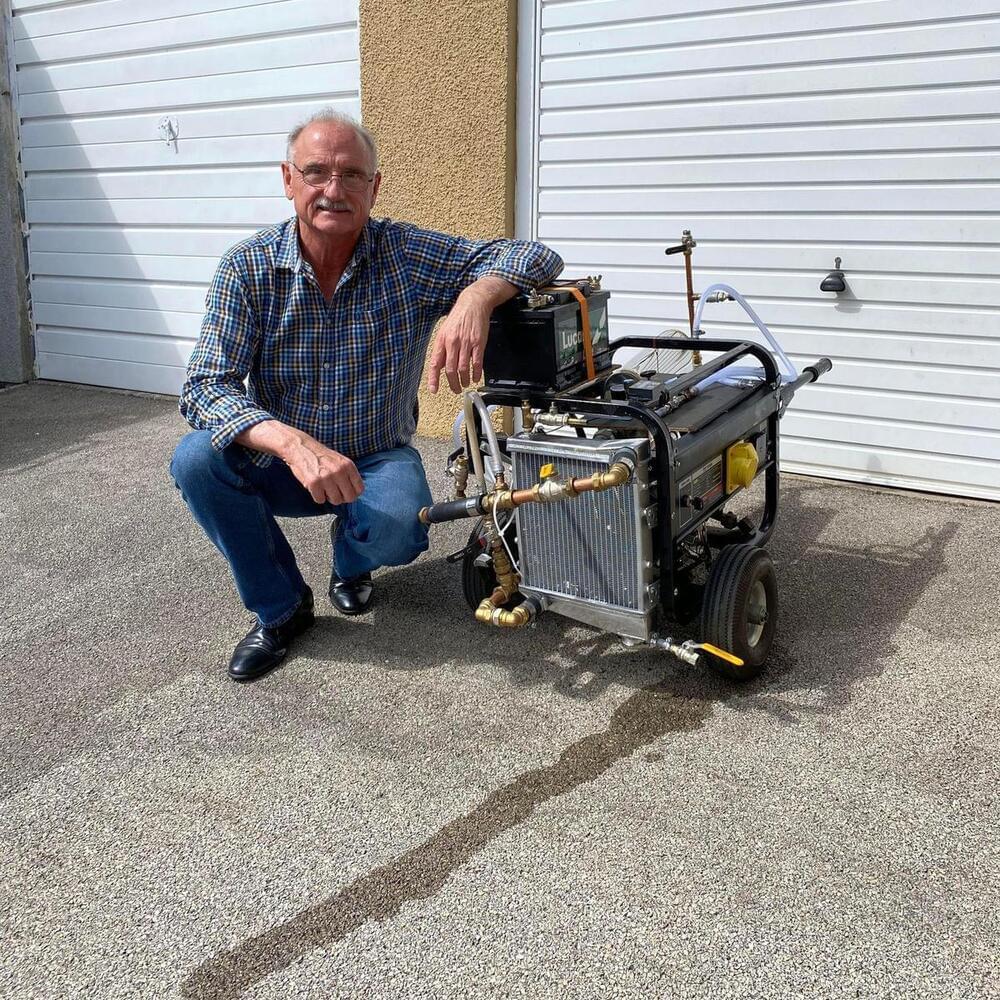A gold mine located over half a mile (one km) underground in Victoria, Australia, has been converted into the Stawell Underground Physics Laboratory to study dark matter, a press release from Australia’s Nuclear Science and Technology Organization (ANSTO) said.
Scientists believe that dark matter, the invisible substance largely unknown to mankind, makes up 85 percent of our universe’s mass. To know more about it, scientists have been building dark matter detectors, and one of the “most sensitive” detectors delivered some significant results last month.






